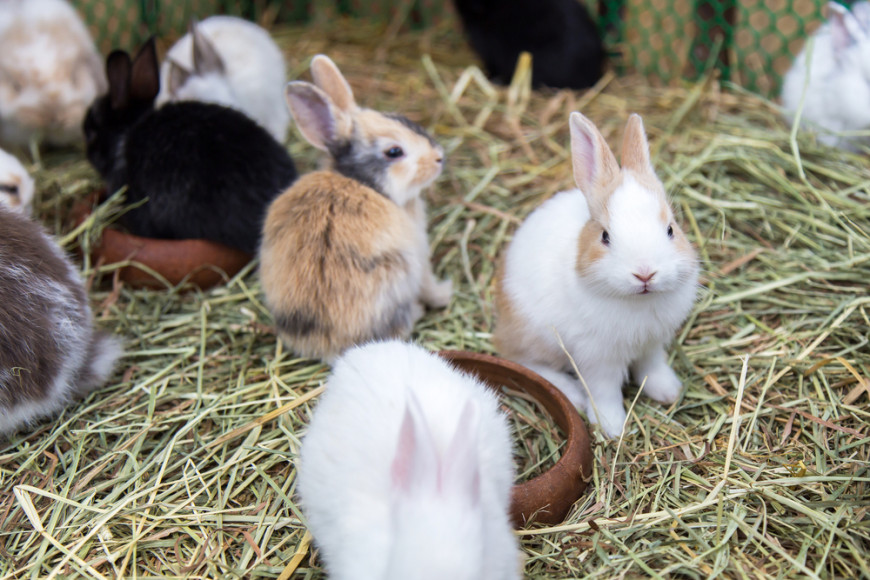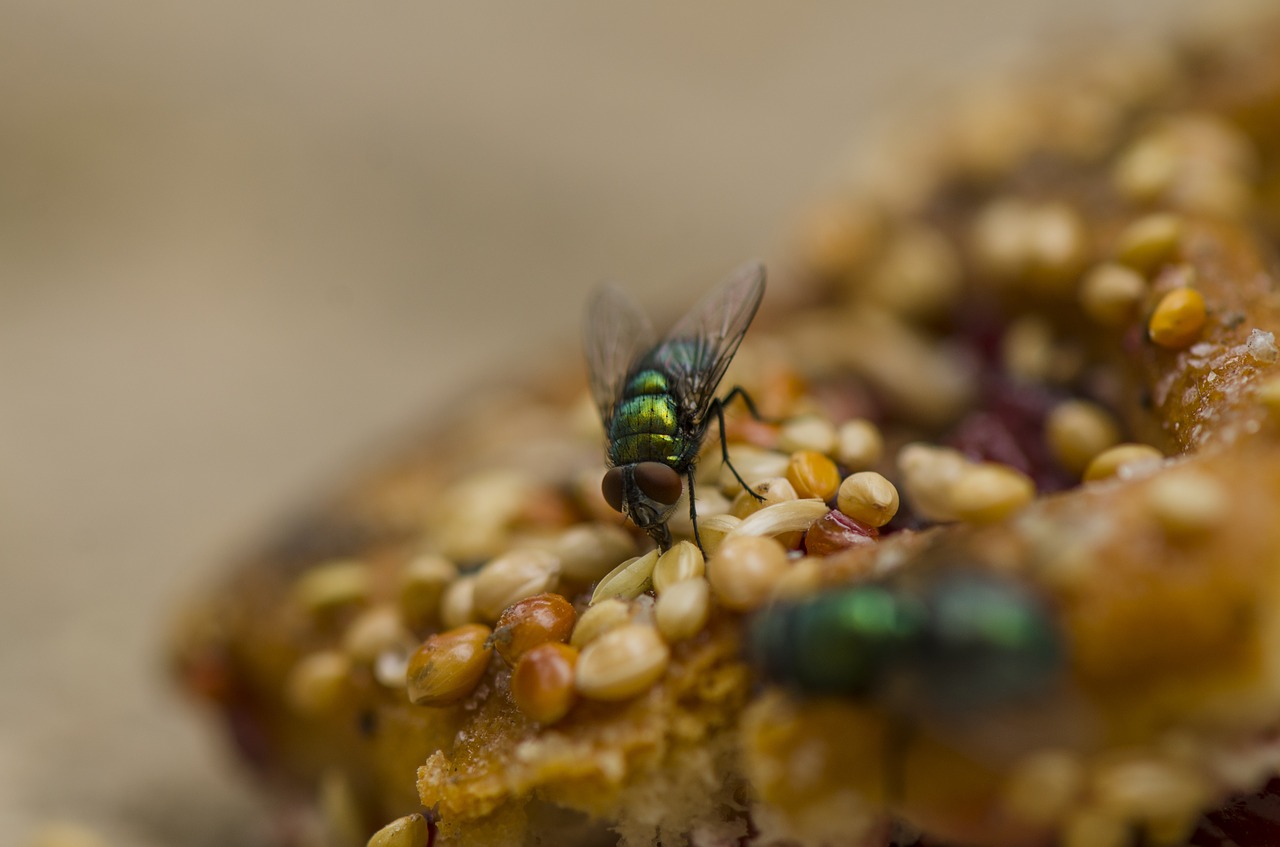
What is flystrike in rabbits?
Flystrike in rabbits is a devastating condition, which is particularly common during warm weather. It is caused by the Lucilia sericata, or common green bottle fly which is attracted to damp fur soiled with urine or soft faeces.
Each fly can lay up to 200 eggs on the skin, usually at the rear end of an animal, which then hatch into maggots within hours. The maggots grow by feeding on the rabbit’s flesh and, collectively, they can get through a large area of skin frighteningly quickly. The rabbit’s bottom, genitals, tail, belly and back are usually worst affected. Rarely, maggots can enter the body through the genital or anal orifices.
During the summer months, our emergency clinics see a big increase in the number of cases of flystrike.
My rabbit has maggots, what should I do?
Flystrike in rabbits is a life-threatening emergency. You should contact your vet straight away if your rabbit is showing signs of rabbit flystrike or if you find a maggot on your rabbit or in their cage. If it’s out of hours, call your nearest Vets Now pet emergency clinic or 24/7 hospital. Do not wait until your daytime vet reopens as it may be too late.

You might also be interested in:
What are the signs of flystrike in rabbits?
When suffering from flystrike, rabbits may initially seem quiet and lethargic and may adopt a hunched posture. They may also refuse food and drink and you may notice a strong smell coming from their hutch. Another typical sign of rabbit flystrike is digging into corners to try to relieve the pain. As the maggots grow and eat away more of the skin, severe shock develops, eventually leading to collapse and death. It’s important to check your rabbit’s fur daily for any signs of maggots and if you find them crawling on your rabbit’s fur, you must call your vet immediately.

Can rabbits recover from flystrike?
Rabbits with flystrike can and do recover as long as the maggots are removed in the early stages. This is, however, a tricky procedure and should be carried out by your vet.
How will my vet treat rabbit flystrike?
In treating flystrike, it’s likely your vet will clip and clean your rabbit’s fur as well as administer pain relief and soothing products. Your rabbit will usually need to be aneasthetised or sedated to carry this out.
Rabbits with flystrike may also often need antibiotics to prevent infection. In severe cases, your rabbit may be put on a drip and fed through a syringe. If extensive tissue loss has occurred, sadly, your rabbit may need to be put to sleep to relieve suffering.
Preventing flystrike in rabbits
Rabbits who struggle to groom themselves, perhaps due to long fur, obesity, arthritis or dental issues, are at the greatest risk of flystrike as common green bottles are attracted to areas soiled with faeces and urine. Most of the rabbits we see at Vets Now are well looked after, but it only takes a small amount of soiling for flies to strike, so our advice is to check your rabbit’s bottom at least twice a day. If your rabbit is dirty, wash them with warm water and a shampoo specifically for small pets before rinsing and drying.
You may also want to apply a topical product containing the insect growth regulator cyromazine as it’s highly effective in preventing fly eggs from hatching. Protection typically lasts for eight to 10 weeks. Your daytime veterinary practice should be able to supply you with this treatment. Another common cause of flystrike in rabbits is housing them in an unsanitary hutch. It’s vital owners clean their rabbit’s bedding at least daily.
It’s also worth considering putting up fly screens around your rabbit’s hutch, and growing plants and herbs that repel flies, for example, rosemary, peppermint, basil and green oregano.

